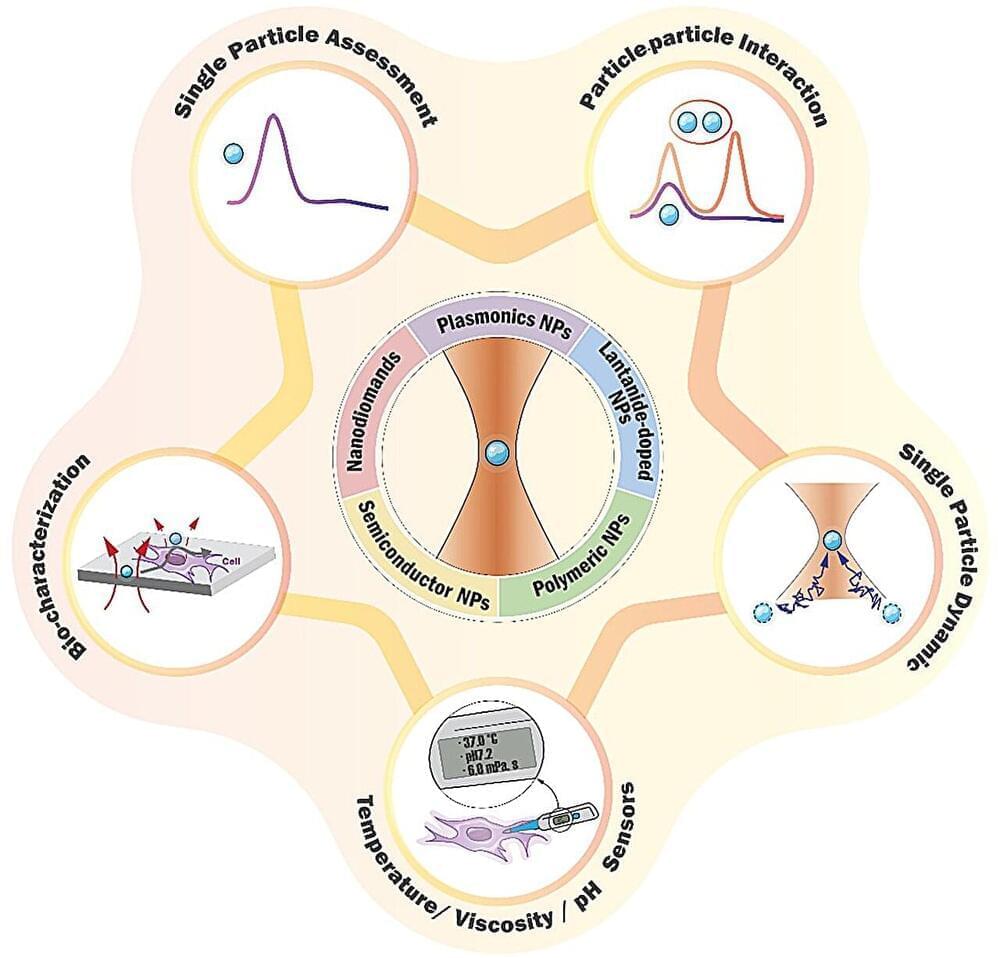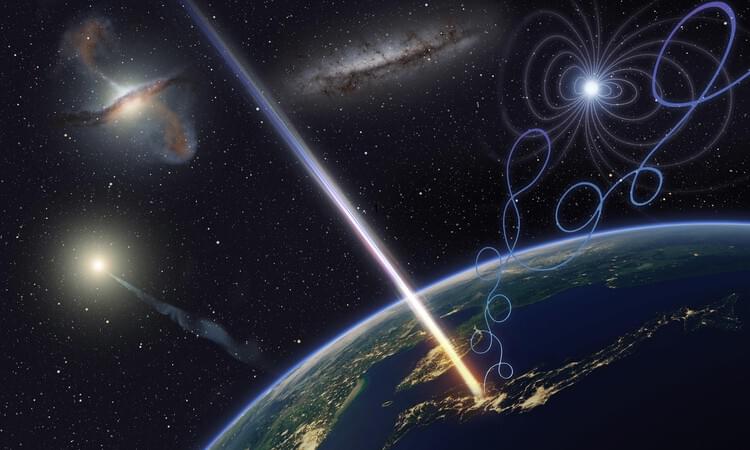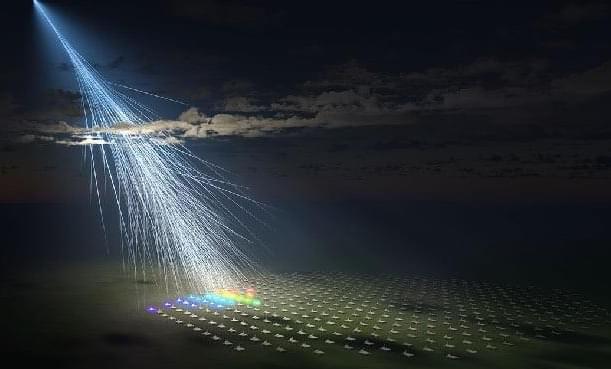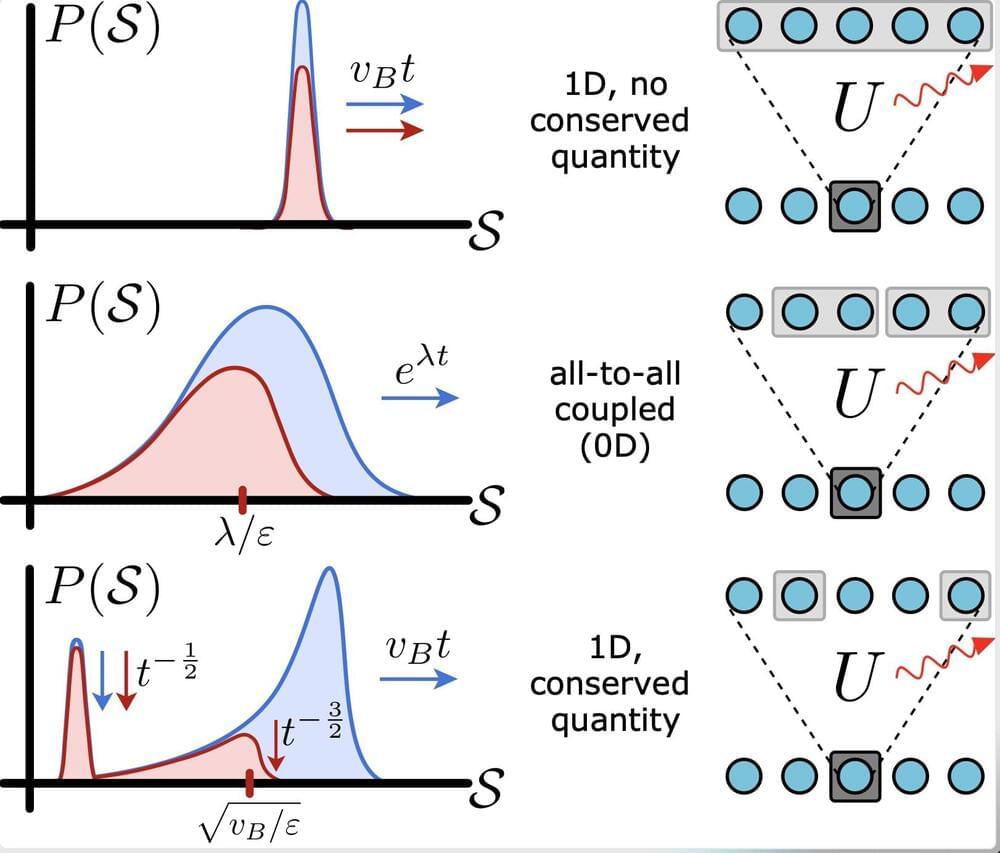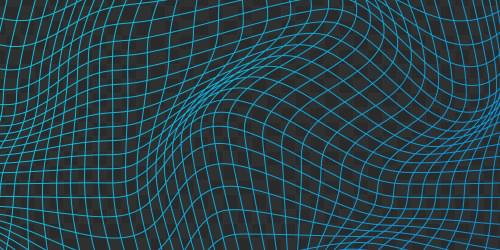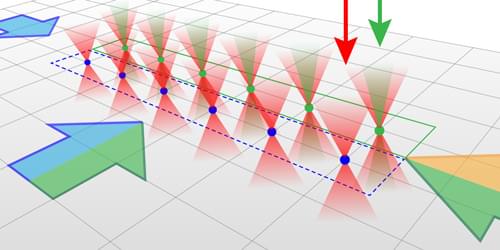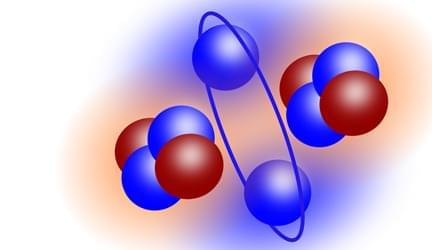In this video, we will explain a new paper that suggests that there was a second big bang, or a “Dark Big Bang”, that created different kinds of dark matter particles, some of which could be very massive. We will explain how this hypothesis could solve two of the biggest mysteries in cosmology: the origin of the universe and the nature of dark matter. We will also explain how this hypothesis could be tested by future experiments, such as gravitational wave detectors and gamma-ray telescopes. The paper offers a new perspective on the history and structure of the universe, and challenges some of the assumptions and predictions of the standard cosmological model. The paper also opens new possibilities for exploring and understanding the dark sector of the universe, which could reveal new physics and phenomena. So, stay tuned and get ready to explore the dark side of the big bang.
Chapters:
00:00 Introduction.
02:00 The Dark Big Bang.
03:55 The Origin of the Universe.
06:22 The Nature of Dark Matter.
08:27 Outro.
09:03 Enjoy.
Best Telescopes for beginners:
Celestron 70mm Travel Scope.
https://amzn.to/3jBi3yY
Celestron 114LCM Computerized Newtonian Telescope.
https://amzn.to/3VzNUgU
Celestron – StarSense Explorer LT 80AZ
https://amzn.to/3jBRmds.
Visit our website for up-to-the-minute updates:
